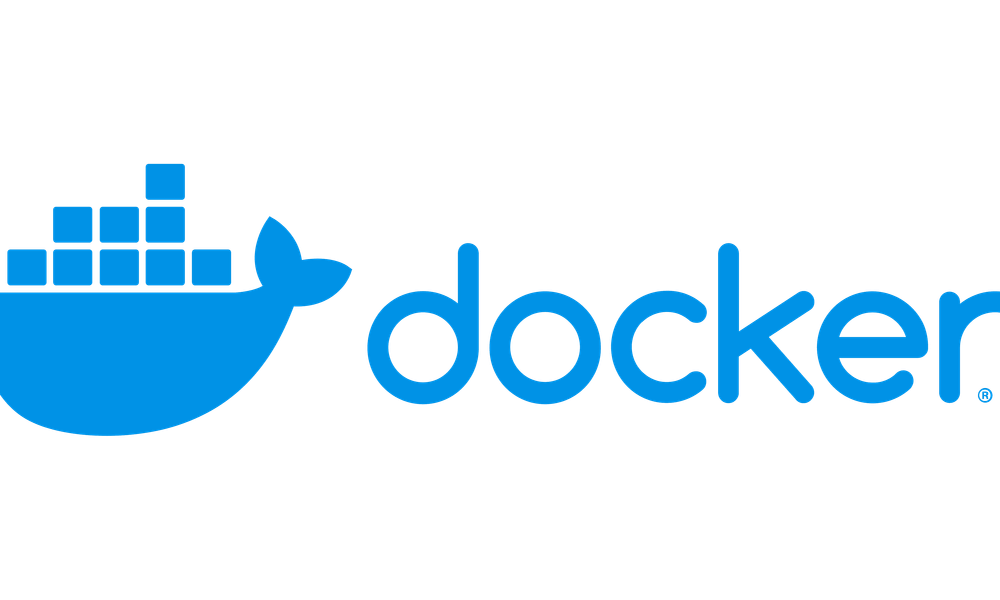Docker is a powerful platform that allows developers to package applications and their dependencies into a standardized unit called a container. Containers are lightweight, portable, and ensure that applications run consistently across different environments. In this post, we’ll discuss what Docker is, why it’s important, and how to create and manage Docker containers.

What is Docker?
Docker is an open-source platform designed to automate the deployment, scaling, and management of applications in containers. A container is a lightweight, standalone, and executable package of software that includes everything needed to run it—code, runtime, system tools, libraries, and settings.
Docker simplifies the development workflow by allowing developers to build, share, and run applications in isolated environments, ensuring consistency across different stages of development, testing, and production.
Building a Dockerfile
A Dockerfile is a text file that contains instructions to build a Docker image. Here’s an example of a simple Dockerfile using Debian Linux:
# Use Debian as the base image
FROM debian:latest
# Install necessary packages
RUN apt-get update && apt-get install -y \
curl \
vim \
git
# Set the working directory
WORKDIR /app
# Copy the current directory contents into the container at /app
COPY . /app
# Run a command when the container starts
CMD ["bash"]
Building and Running the Docker Image
To build the Docker image from the Dockerfile, navigate to the directory containing the Dockerfile and run the following command:
docker build -t my-debian-app .
Once the image is built, you can run it as a container:
docker run -it my-debian-app
Pushing the Docker Image to DockerHub
To share your Docker image, you can push it to DockerHub. First, log in to DockerHub:
docker login
Tag your image before pushing it:
docker tag my-debian-app username/my-debian-app:latest
Now, push the image to DockerHub:
docker push username/my-debian-app:latest
Conclusion
Docker has revolutionized the way we build, deploy, and manage applications. By packaging applications in containers, Docker ensures consistency across environments and simplifies the development workflow. Understanding how to create Dockerfiles, build images, and push them to DockerHub is essential for modern software development.
